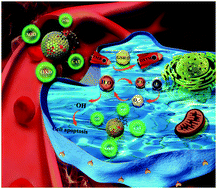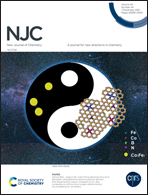Biomedical applications of metal–organic framework (MOF)-based nano-enzymes
Abstract
Natural enzymes are highly specific biocatalysts that can selectively catalyse specific biological reactions. However, the high preparation cost and easy deactivation of natural enzymes limit their practical applications. In the past ten years, nano-enzymes have been developed rapidly because of their excellent physical and chemical properties, low cost, high stability and easy storage, and can be used as a bridge to natural enzymes. These are a class of enzyme-like nanomaterials, which have some similarities with natural enzymes in terms of their total size, shape and surface charge. They themselves can simulate the bionic catalytic function of enzymes through the catalytic activity of inorganic materials. Metal–organic frameworks (MOFs) and their derivatives are expected to be substitutes for conventional enzymes in enzymatic reactions, and nano-enzymes have shown potential in the field of biomedicine, such as in antimicrobial drugs, biological detection and cancer treatment. In this review, the various types of MOF-derived nano-enzymes and the activities of corresponding simulated enzymes are summarized, and the latest applications of MOF-derived nano-enzymes in biosensing, as antibacterial compounds and in cancer treatment are mainly introduced. In addition, the development prospects of nano-enzymes is introduced in order to provide new ideas for the design and applications of nano-enzymes in the future.

- This article is part of the themed collection: 2021 Focus and Perspective articles


 Please wait while we load your content...
Please wait while we load your content...